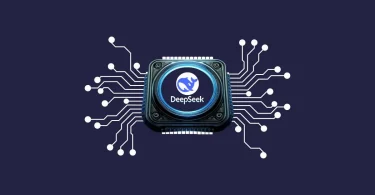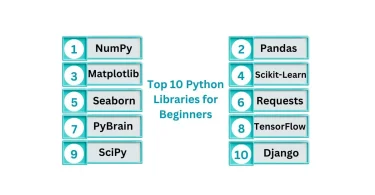Exploring the Cloud Computing:
Cloud computing has become a crucial part of our daily life without even realizing us, silently. Our use of email services, other smartphone applications and social media platforms are all powered by cloud computing.
However, how does cloud computing work in practice?
It’s crucial to become familiar with significant facets of cloud computing in order to understand how it works.
To understand more, keep reading.
What is Cloud Computing?
A group of internet-based services that offer various services is called cloud computing. It includes storing and accessing data on remote servers and doing away with local hard drives and private data centers. In the previous decades, businesses had to spend money on their own servers and maintain them in order to meet their business needs. This required investing in enough server space to manage peak traffic and reduce outage likelihood. Unfortunately, a sizable percentage of the server’s capacity was frequently unutilized.
These days, cloud service providers give businesses a chance to become less reliant on expensive IT resources like on-premises servers, maintenance personnel and staff.
How Does Cloud Computing Work?
The way cloud computing works is simple. Instead of owning data centers or IT infrastructure, businesses choose to rent access to a variety of resources, including storage and apps, from a cloud computing service provider.
To better understand how cloud computing works, it can be broken down into two primary parts.
The front end and the back end, which are connected by the internet. The front end is the client’s computer network and the required app to access the cloud system. It’s significant to remember that the user interfaces of various cloud systems may differ.
The cloud is made up of numerous servers, computer systems, and data storage systems that are present on the system’s back end. Video games to data processing are all included in the cloud computing system’s vast range of software. Specialized servers power each cloud computing programme normally.
Understanding Private, Public, Hybrid and Multi-Cloud Deployment Models:
Private cloud, public cloud and hybrid cloud are the three deployment models available for cloud computing.
With its physical components either located on-site or at a vendor’s data center, a private cloud is created specifically for a single business entity. This paradigm provides a high level of control due to its limited accessibility. Customized architecture, strong security mechanisms and the ability to add more computing power to a virtualized environment as needed are some of its advantages.
The public cloud uses the internet to store data and regulate user access. Because it is entirely virtualized, shared resources can be used in it as needed. The public cloud deployment approach enables organizations to scale more readily because these resources are delivered over the Internet; paying for cloud resources as needed is a significant advantage over local servers. Additionally, strong security measures are provided by public cloud service providers to guard against unauthorized access to user data by other tenants.
The hybrid cloud model integrates both private and public cloud approaches, enabling organizations to harness the advantages of shared resources while utilizing their existing IT infrastructure to address essential security needs. With a hybrid cloud, companies can easily store sensitive data internally and access it through applications operating in the public cloud. This arrangement allows organizations to adhere to privacy regulations by storing confidential user data within a private cloud while leveraging the computational power of the public cloud for resource-intensive tasks.
Additionally, companies have the option of using multiple public cloud services, or a multi-cloud strategy. By distributing workloads over many cloud platforms, this method enables businesses to optimize their environments for speed, adaptability and cost-cutting.




Leave a Comment